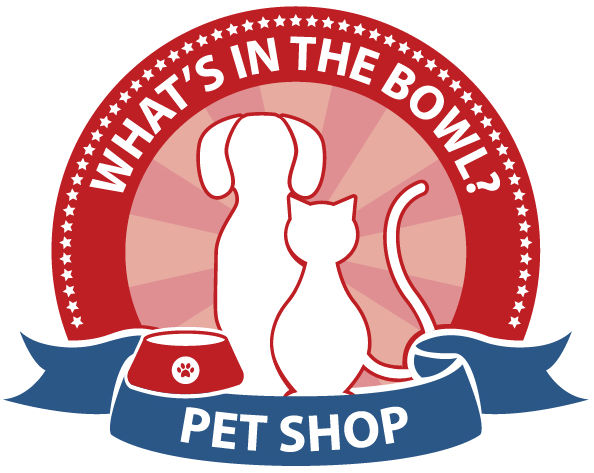Approximately 58 percent of cats and 54 percent of dogs were overweight or obese in 2015, according to the Association for Pet Obesity Prevention. The association is calling on the veterinary industry to clearly define and classify pet obesity as a disease and to adopt a universal body condition scoring scale for assessing pet obesity.
“The American Medical Association recognized obesity as a disease in 2013. I think the time has come for the American Veterinary Medical Association to follow suit,” said APOP founder and companion animal practitioner Dr. Ernie Ward. “By defining obesity as a disease, many veterinarians will take the condition more seriously and be compelled to act rather than ignore this serious health threat.”
The APOP 2015 findings are from the association’s annual obesity prevalence survey. The latest survey included the assessment of 1,224 dogs and cats by 136 veterinary clinics. The clinics assessed the body condition scores of every dog and cat patient seen for a regular wellness examination on a given day last October. Body condition scores based on a five-point scale and actual weight were used in classifying pets as underweight, ideal, overweight, or obese.
The association defines clinical pet obesity as 30 percent above ideal weight, but as APOP board member Dr. Steve Budsberg noted, a lack of consensus regarding the definition of obesity exists among veterinary practitioners, industry stakeholders, and pet owners.
“Our profession hasn’t agreed on what separates ‘obese’ from ‘overweight.’ These words have significant clinical meaning and affect treatment recommendations,” said Dr. Budsberg, professor of orthopedic surgery and director of clinical research at the University of Georgia College of Veterinary Medicine.
The APOP is pushing for the adoption of a universal pet BCS—a whole-integer, one-through-nine scale. According to the association, such a scale would allow veterinarians to more consistently interpret veterinary research, accurately assess their patients’ body conditions, and clearly communicate with colleagues and clients.
“There are currently three major BCS scales used worldwide. We need a single standard to ensure all veterinary health care team members are on the same page,” said Dr. Julie Churchill, APOP board member and an associate clinical professor at the University of Minnesota College of Veterinary Medicine.
The association has partnered with international industry organizations to form The Global Pet Obesity Initiative with the goal of creating obesity standards and providing training for the veterinary community. Learn more about the Association for Pet Obesity Prevention and the 2015 study.
Members of the APOP board will be speaking with human health care professionals at a forum hosted by the World Small Animal Veterinary Association One Health Committee titled “Preventing Obesity in People and Their Pets: A One Health Approach,” scheduled for Nov. 9-11, 2016, in Atlanta. Visit here for additional information about the forum.
Link To Article: https://www.avma.org/News/JAVMANews/Pages/160615o.aspx

